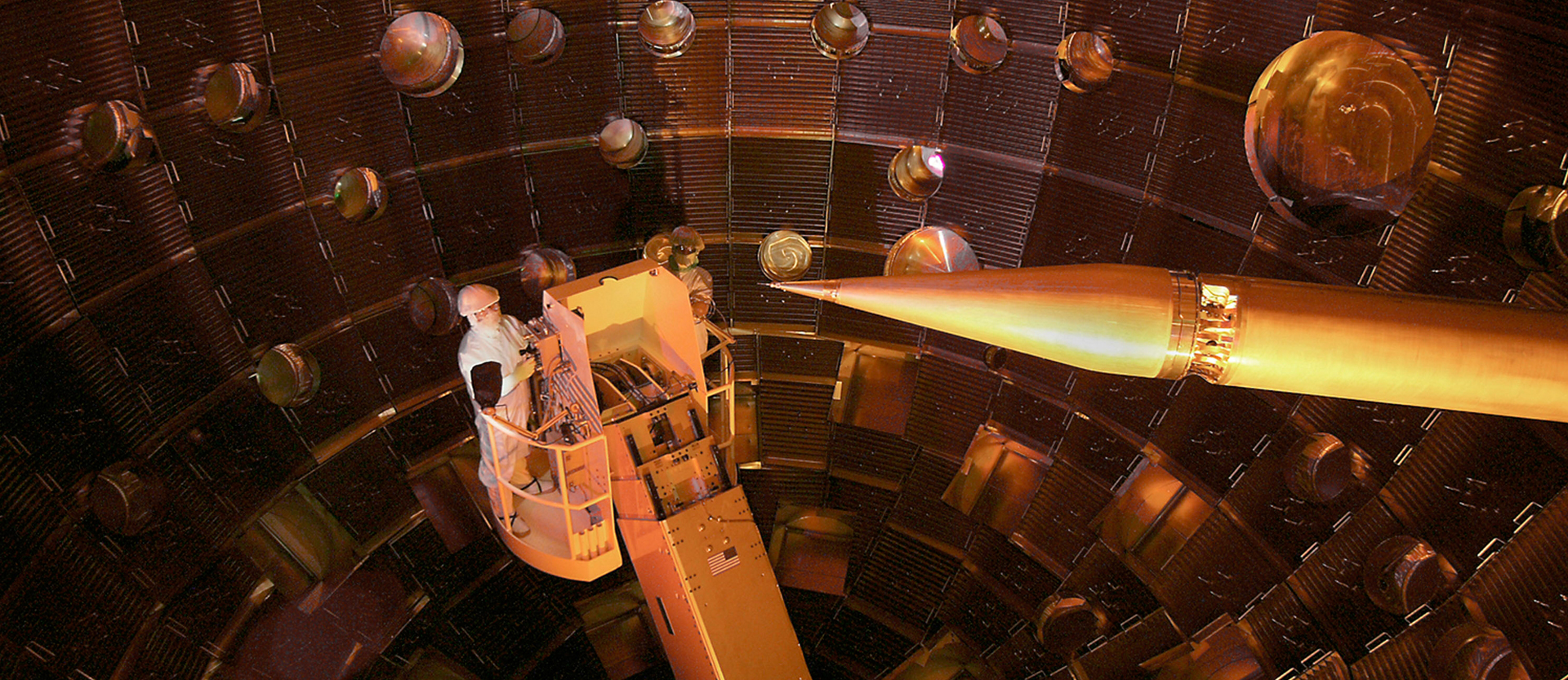The laser: tool of a thousand possibilities

An ultrafast camera
Slowly, the doors to a laser laboratory at the Max Planck Institute of Quantum Optics in Garching open. Above the door, a sign reading "LASER" flashes. The air-conditioned space behind the door is loud. Whirring vacuum pumps provide a steady background noise. In the middle of the room stands a large steel chamber, and mounted on this are numerous measuring instruments. You are standing in front of one of the fastest cameras in the world. It belongs to the laboratory for attosecond physics, in which the physicists led by Professor Ferenc Krausz photograph the movement of electrons. The basis for their work is laser light. A laser sends out pulses a few femtoseconds long that hit noble gas atoms and tear electrons from them. The electrons take on this energy, and are then spun back toward the nucleus of the atom. Upon re-collision, these particles emit energy in the form of a flash of light, several attoseconds long. With these ultrashort attosecond flashes, physicists have been able to observe the movements of electrons in atoms. Electrons themselves move at an attosecond pace. Thus, since attosecond flashes were first achieved in 2001, they have enabled the direct observation of these tiny particles.
Lasers create crystals
A few doors away from the attosecond research lab, Professor Immanuel Bloch
and his team are at work. In their laboratories are large tables where labyrinths of mirrors and prisms are constructed. It’s hard to imagine that they can find their way in this mess. But these quantum optics physicists have everything under control. The scientists line up individual atoms like pearls on a string on the laser tables – all with the help of light. Through these means, the physicists can cool rubidium atoms, for example, from temperatures of a few billionths of a degree, down to absolute zero (-273.15 degrees celsius). By superimposing several laser beams, the researchers create a grid of light, where the cold rubidium atoms arrange themselves. This creates a so-called optical lattice in which quantum matter can be saved. In the end, the researchers arrange the rubidium atoms with the laser so that artificial crystals result. The crystals serve as models for solid bodies in their most ideal form. The lattice structure and the electronic and quantum state of the atoms can be completely controlled. This allows, for example, the movement of individual magnetic impurities to be directly observed using a quantum gas microscope, and for new information about their dynamics to be obtained. These "error-free" light-atom lattices are the first step towards understanding the basic interaction of many particles in accordance with the laws of quantum mechanics, and developing new materials with tailored properties. Such materials include superconductors that could enable an unresisting electrical current flow – even over very long distances.













